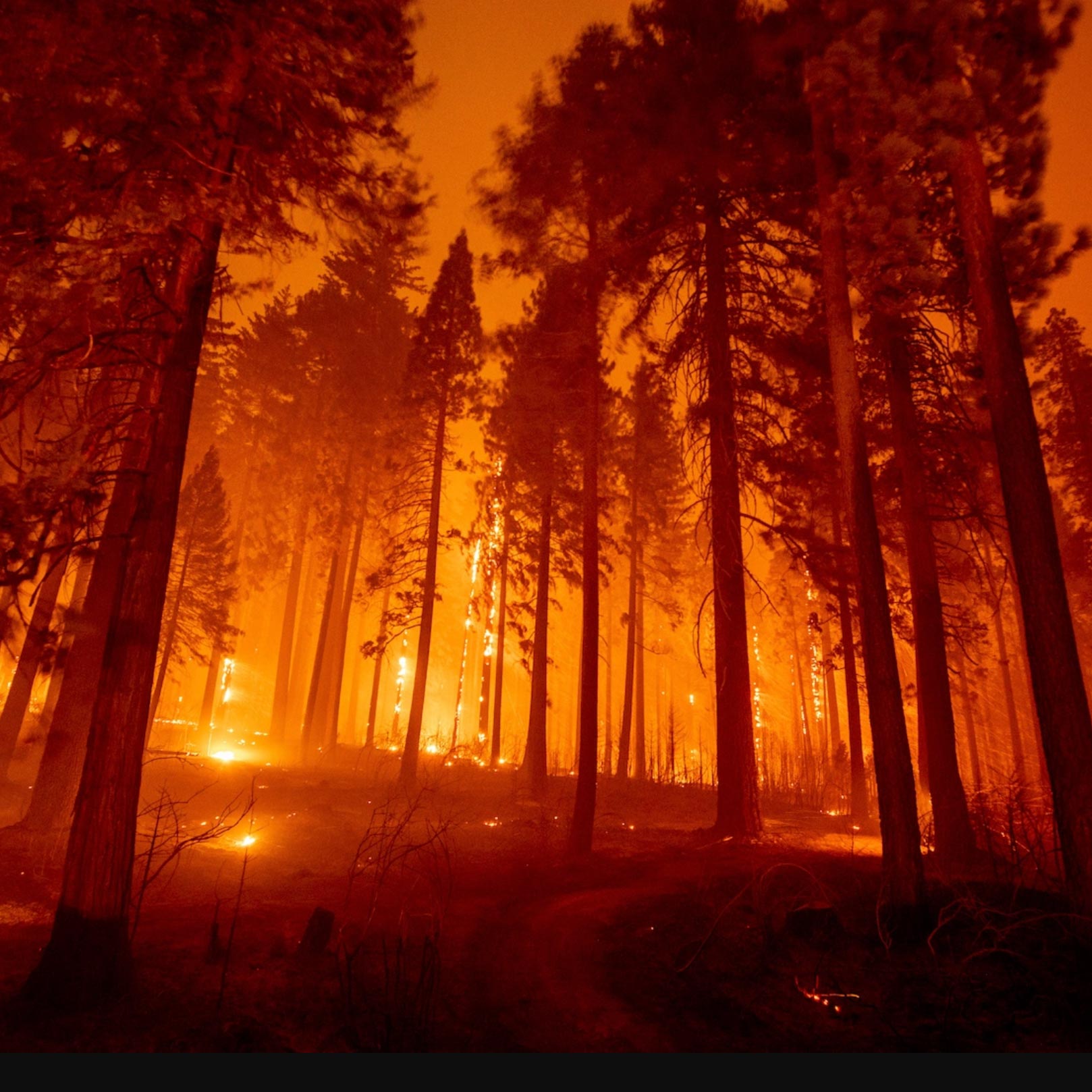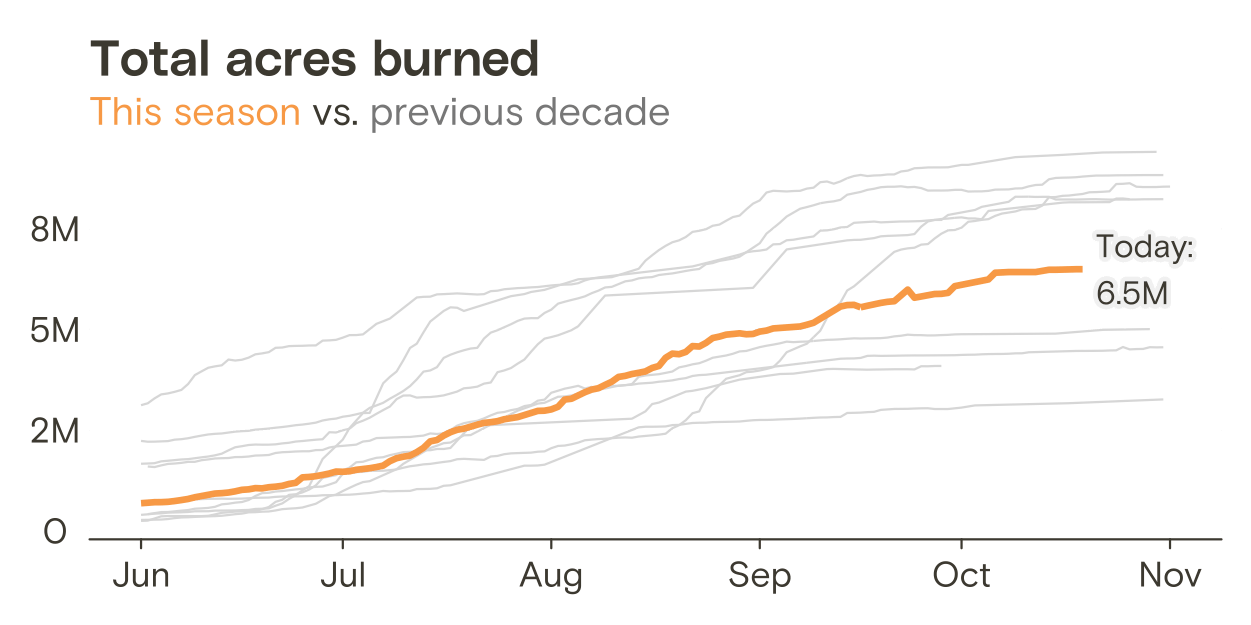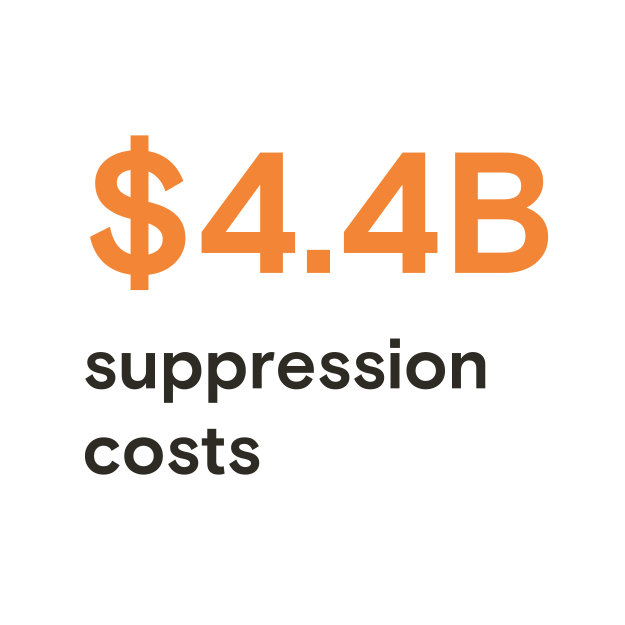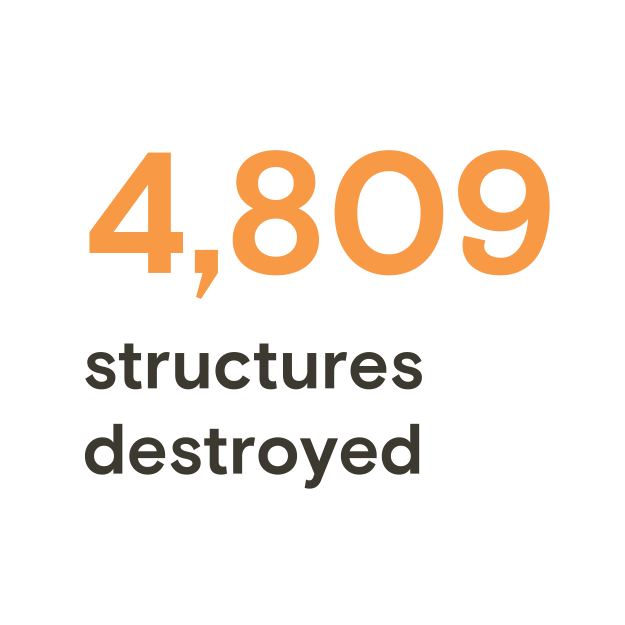The Burning Issue
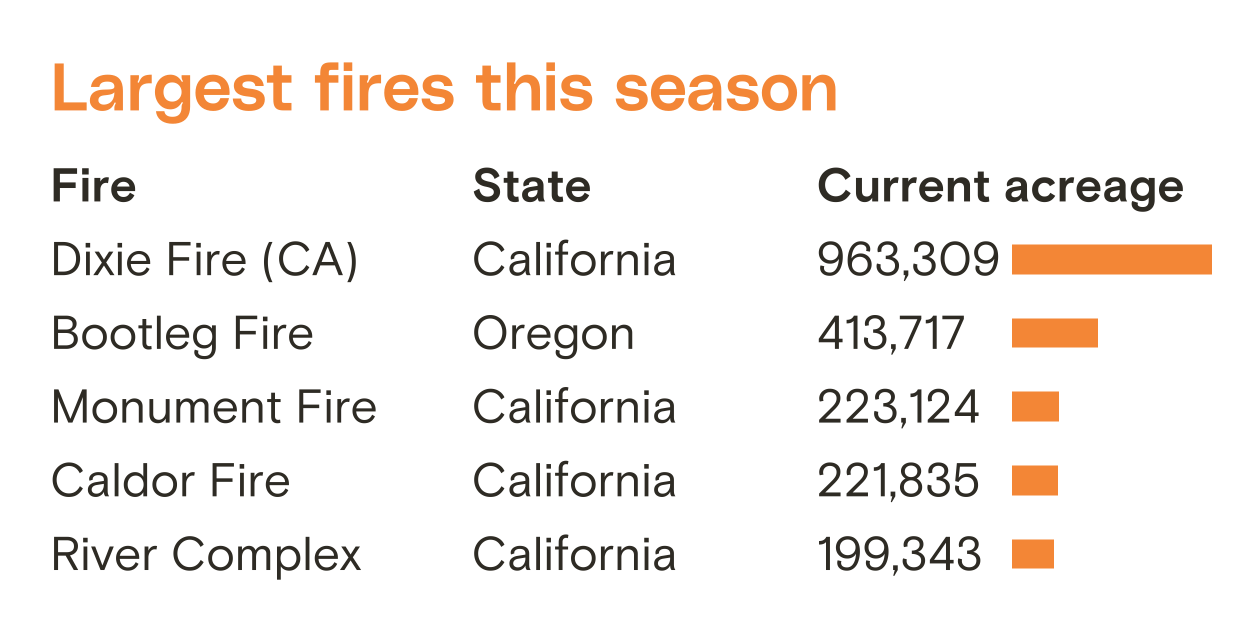
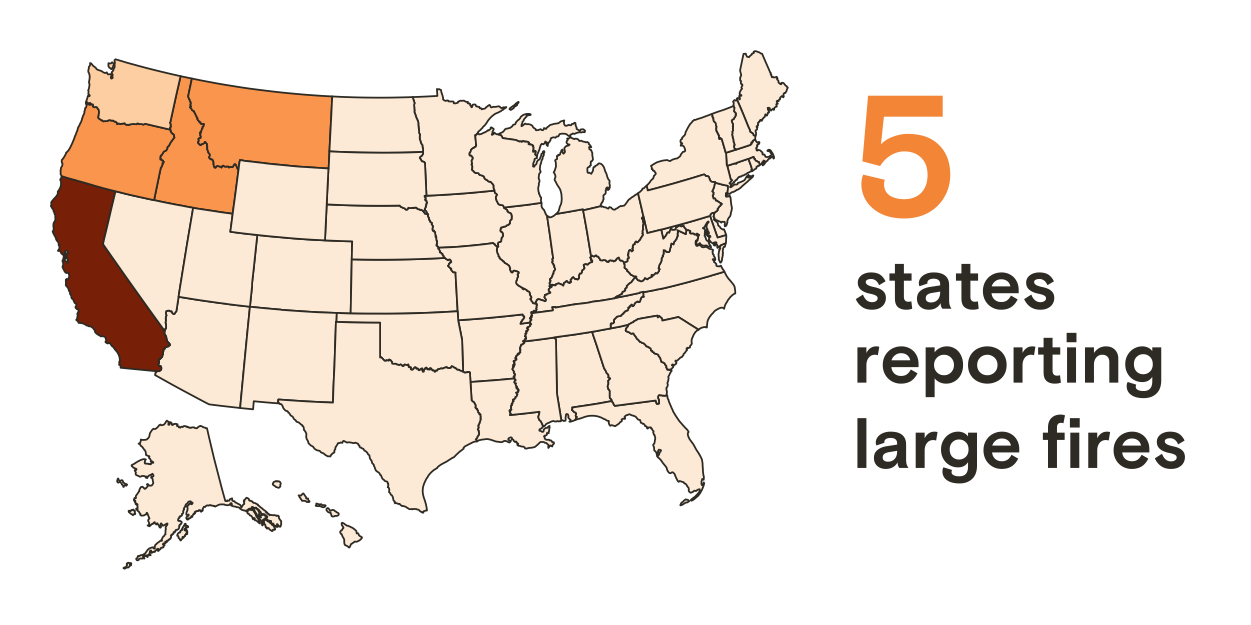
Wildfire season in North America has gotten progressively more intense over the past few decades, lasting longer and burning nearly 10 times as many acres as it did just 30 years ago. As these disasters worsen, we’ve seen fires reshape communities and economies across the U.S. West. Follow Grist as it delves into all aspects of the 2021 fire season — and sign up for our weekly newsletter.
In This Series
-
No matter the fire risk, California insurance companies can’t cancel your policy
State officials have banned companies from revoking renewals of policies in high fire risk areas.
-
Can burying power lines prevent California’s next big wildfire?
PG&E, one of the country’s largest utilities, wants to put 10,000 miles of lines underground.
-
As California’s fire season ramps up, “unprecedented” is getting a lot of use
The Caldor and Dixie disasters are just a glimpse of what this fire season could hold.
-
Welcome to the Pyrocene
We have created a planetary fire age. Now we have to live in it.
-
New study strengthens link between wildfire smoke and severe COVID
Smoke from last year’s West Coast wildfires was associated with almost 20,000 excess COVID-19 cases.
-
The Dixie Fire is moving too fast for California’s emergency alert systems
TV broadcasts and phone calls are no match for today’s quick-moving fires.
-
Wildfire smoke in Minnesota brings dystopian skies to the Midwest
‘Unprecedented’ haze from wildfires blanketed the Twin Cities last week. More smoke is coming.
-
Conservatives may be willing to take on climate change — if you call it something else
Fires are raging in their backyards. But many still scoff at global warming.
-
As extreme heat and wildfires rage, a ‘protection gap’ threatens Californians
Here’s what the state could do to stem the costs of climate disasters.
